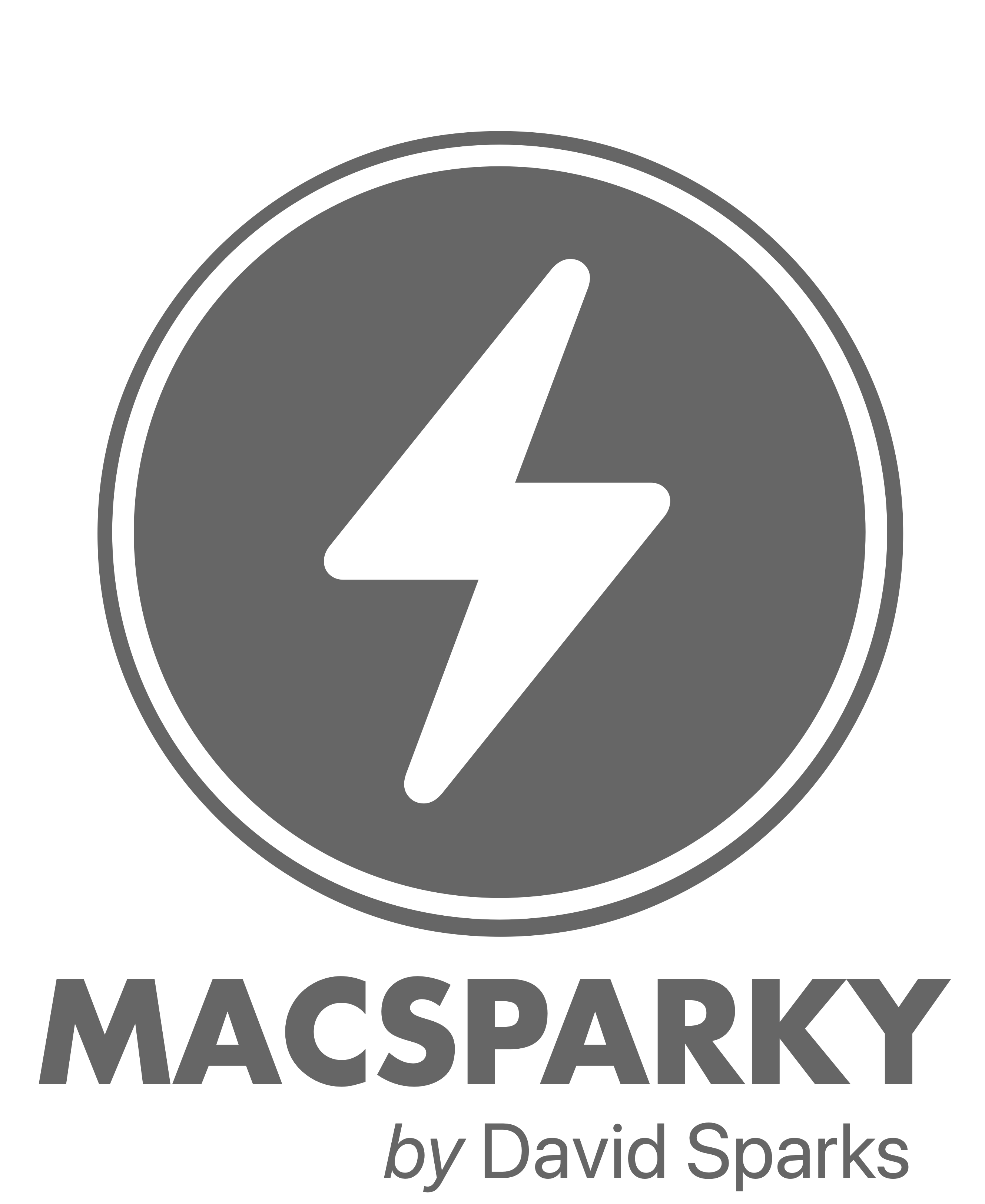I’m always looking for things to help me save time, which is one of the reasons I dig TextExpander, MacSparky’s sponsor this week. TextExpander puts time-saving power at your fingertips. You set up a shortcut once, and then future you thanks you for having less work to do and saving some time. Instead of re-typing the same thing over and over again or copying and pasting a message or reply, use a few keystrokes with TextExpander and see TextExpander expand your snippets. For instance, if I type, “xdts” (four tippety-types), TextExpander will put a date and time string that looks like this: 2021-07-08 09:10. Dashes and colon and 16 tippet-types !?! Time saved. I didn’t have to stop and look at a calendar or clock for reference. I just hit a few keys, and, whoomp, there it is.
And you can do this anywhere you type because you can get your snippets on all your devices. Convenient, accurate, and consistent. TextExpander helps you communicate easier, and you get to focus on what matters most. If you’re even TextExpander-curious, now is the time to try it because they’re offering 20% off your first year.







